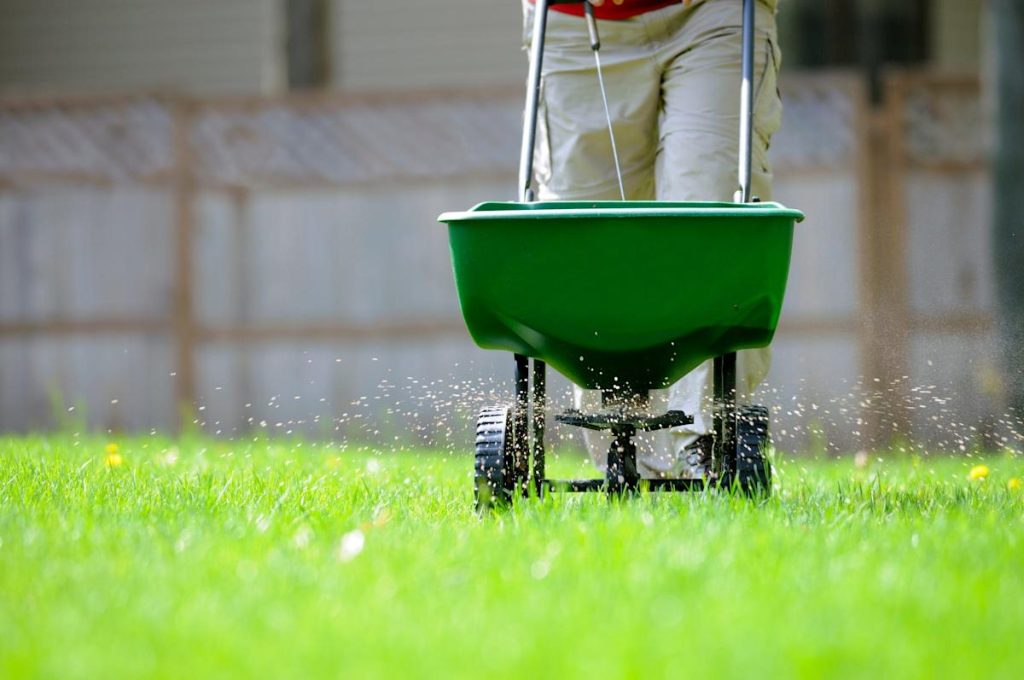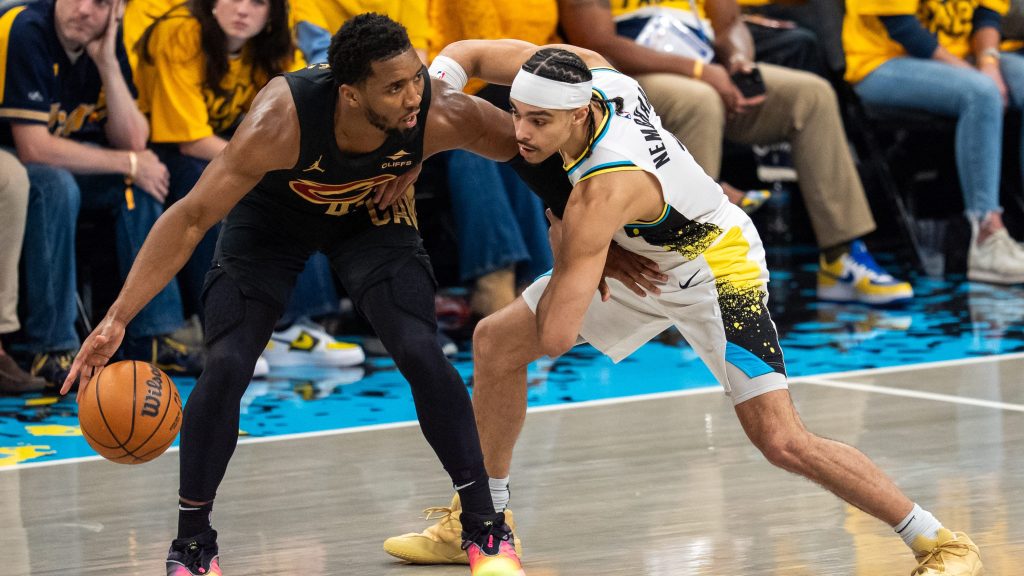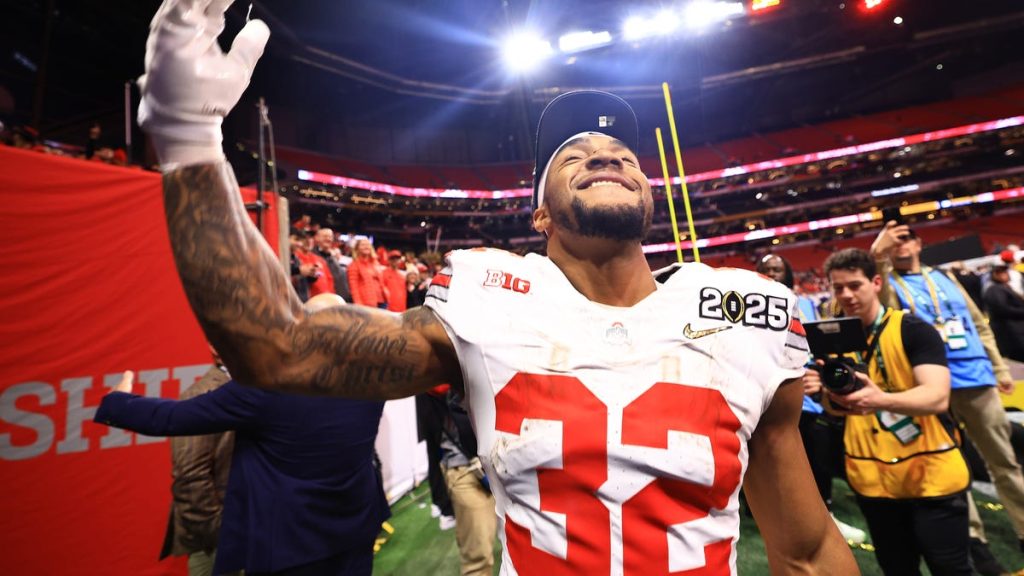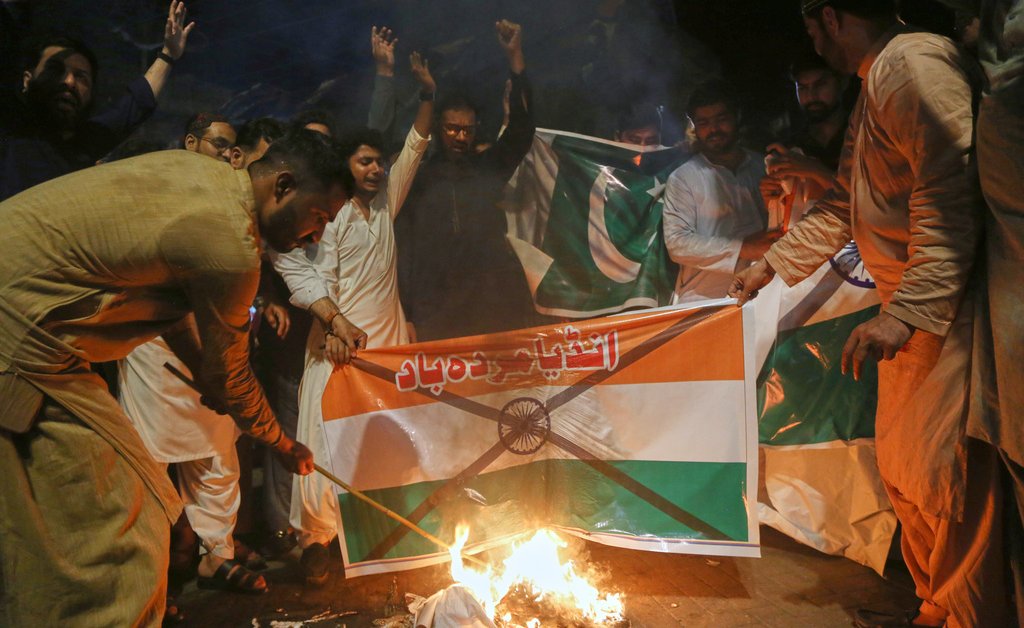Now Reading: Who Are the Cardinals Selecting the Pope?
-
01
Who Are the Cardinals Selecting the Pope?
Who Are the Cardinals Selecting the Pope?
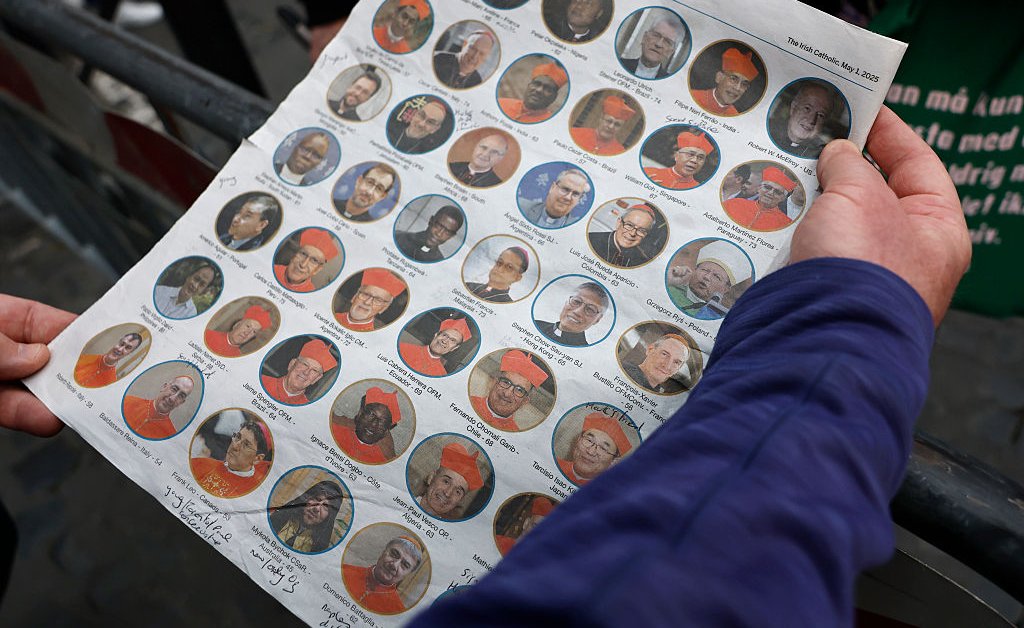
A detailed look at the cardinals participating in the voting process.
How many cardinals have selected the new Pope?
Out of a total of 252 cardinals, only those under the age of 80 are allowed to join the conclave. This means that 135 cardinals are eligible to vote, with two opting out, leaving 133 cardinals to partake in the conclave. In the 2013 conclave that elected Francis, there were 207 cardinals, 117 of whom were eligible, with two unable to vote, resulting in 115 participating in the conclave.
Which countries are the cardinals from?
The Vatican reports that the cardinals involved in electing the new Pope hail from 70 different countries. The majority are from Europe (52), followed by Africa (17), North America (16), Central America (4), South America (17), Asia (23), and Oceania (4). This conclave marks the first time where less than half of the voting cardinals are European, indicating a shift away from Europe-centricism in the Catholic Church. It is also the most geographically diverse conclave in history, partially influenced by Pope Francis, who emphasized the importance of diversity in the papacy.
He has appointed cardinals from underrepresented regions such as Myanmar and East Timor. Some of his appointees are from countries participating in a conclave for the first time, including Cape Verde, Paraguay, Haiti, and South Sudan.
The selection process
In 1970, Pope Paul VI decreed that cardinals over 80 years old cannot vote for the Pope. Cardinals are chosen by the Pope and hold their position for life. Among the cardinals eligible to elect, 108 were appointed by Pope Francis, while the rest were appointed by Benedict XVI and John Paul II. In the 2013 conclave, only 67 cardinals were elevated by Benedict XVI and 48 by John Paul II.
How long have previous conclaves lasted?
If a conclave fails to elect a new Pope after 13 days of voting, a runoff between the top two candidates is conducted. The longest conclave in history occurred in the 13th century, lasting nearly three years. Since 1831, most conclaves have lasted less than a week. Recent papal elections saw Pope Francis elected on the third ballot in 2013, while his predecessor Benedict XVI was chosen within two days.
The voting process involves ballots being burned, with black smoke indicating no decision and white smoke signaling the selection of a new Pope. If no decision is reached after the third day, voters are granted a one-day break.


